There is a big emphasis on manufacturers to improve plant productivity, meet customer needs and increase results from marketing efforts.
Do you feel that pressure at your plant?
Since the beginning, leads came into manufacturing companies through big, expensive trade shows and traditional marketing. These avenues have been slowly declining for years now and don’t provide the best ROI in today’s landscape. But, some manufacturing plant managers seem reluctant to change their marketing tactics.
Why?
Change isn’t easy. Why change something when it’s not broken, right?
Newsflash... it’s broken.
While you may be bringing in a handful of quality leads with these trade shows, you could be bringing in a lot more with online marketing for manufacturers. Plus, you could do it without having to travel across the country!
In this article, we will be sharing our expertise on building a manufacturing marketing plan template. You’ll learn four lead generation tips for via online channels and you’ll meet a company that has reaped the rewards of high-quality lead generation through adopting a digital marketing strategy.
Online Marketing for Manufacturers
Your website is your best tool to grow your business nowadays. It’s more than a place for visitors to find your name, logo and contact details. It’s the place to attract quality leads, build a foundation of trust, nurture those relationships and finish by bringing them through the sales funnel.
You can do this by adopting an inbound marketing strategy.
Inbound marketing is the fundamental shift from selling to educating. It’s customer-orientated marketing that allows you to attract more prospects from all stages of the funnel while positioning your brand as a leading information source.
In the image below, you can see that there are three different stages a customer goes through during the sales process. When you’re implementing a lead generation strategy, our biggest tip is to refer back to these stages.
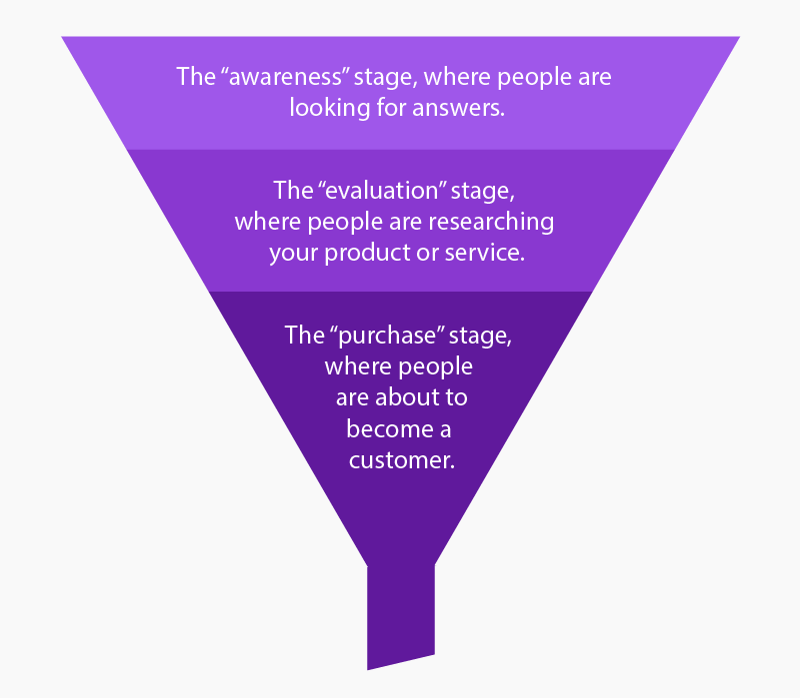
HeatTrak is the world’s premier manufacturer of outdoor heated snow-melting mats. The CEO Hillel Glazer realized there was a big hole in its marketing a year ago.
While business was continuing to grow, there were a lot of potential customers falling through the cracks.
“We were promoting ourselves through trade shows and with traditional advertising, but we just weren’t seeing the return on investment that we wanted. We dabbled in email marketing with MailChimp, but it wasn’t integrated with our website and we had no way of capturing leads. We needed a more joined-up solution,” Hillel explains.
With the hope of increasing the visibility of the website and converting visitors and leads into customers, Glazer adopted a full inbound marketing strategy.
Within one year, the company saw a 600% increase in online lead generation, a 15% increase in customers and a 23% increase in revenue.
So, how did they do it?
Step #1 - Create Meaningful Content that Converts
According to Forrester, B2B buyers are empowered consumers. 90% of them start their purchases with search. Of those, 74% conduct half of their research online before making a purpose.
This means that content fuels interest and action from a website visitor.
In order to catch their attention, you need to create meaningful content that answers any questions they may have. Begin by gathering information on the journey your current customers went through before they found you.
Some things to consider:
- What problems did they encounter early on?
- What questions were they asking?
- How and where did they search for their answers?
You also want to ask them about the questions and challenges they faced while on the road to becoming your customer.
- Is there a specific thing that made them want to go with you?
- What could have been done better in the process?
Additionally, think of your website as being critical to a visitors first impression of the company when it comes to sales lead generation.
Here are some best practices:
- Clearly define the manufacturer value proposition
- Provide interesting, meaningful content
- Make sure all calls-to-action are easy to find
- Make sure all content is easy to find and navigate
When you have these answers, it’s time to create your buyer personas. These are the personas you will be writing for. Most companies have a primary persona and a secondary persona.
Within HubSpot, you can create buyer personas, which will then link to the forms you use within your website. This is what we use at Roketto when creating buyer personas.
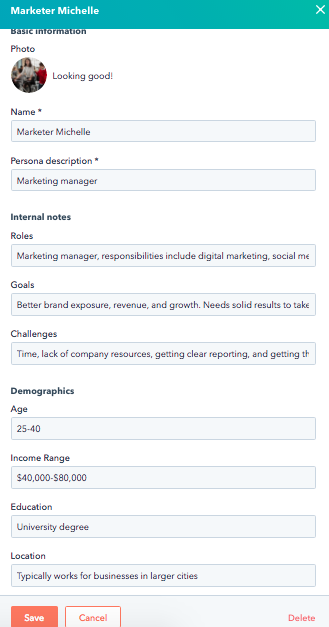
In the screenshot, you can tell to create a buyer persona and write content for them, you must know their goals, challenges, demographics and role within a company. If you’re a HubSpot customer, you can find the tool by heading to your reports dashboard on the navigation bar and scrolling to the bottom of the report page.

Once you’ve done the research, considered your website and created buyer personas, it’s time to put pen to paper. There are many manufacturing companies that have content on their website whether it’s a white paper or a blog, but few of them are creating meaningful content.
In order to provide value, the first step is to align your online content with your visitors needs. Focus on what you learned when gathering information on your customers.
This information will help greatly when it comes to how to generate sales leads.
Only once you fully understand your visitors, prospects and leads, is it okay to begin writing the content that will convert them into customers.
Don’t fall flat and don’t add to the already noisy internet without a plan.
When HeatTrak started writing content for their website, they focused on who their customers were and wrote for them.
“We operate in a niche market and we want to dominate it. I knew that the right content would really help us build our brand and become the go-to company for products, advice and expertise.”
They were able to tell through their marketing analytics how many leads were coming through because of the content marketing campaigns.
Because of the use of relevant content, visitors were able to be nurtured through the marketing funnel. This online lead generation tip helped HeatTrak’s blog views increase by 4X, the number of leads increased and 7% of website visitors converted into customers from one workflow.
Step #2 -Generate & Nurture Online Prospects
In the previous tip, we mentioned calls-to-action and a downloadable whitepaper. If you’re questioning what lead nurturing in digital marketing is, this is the tip for you.
When a visitor comes to your website, they’ve most likely found you through a Google search. Now that they’re on your website, it’s important to captivate them with the use of your valuable content.
With them remaining on the page, it’s time to turn them from a website visitor into a prospect. This happens when they give you their contact information.
One way to acquire online prospects is by creating downloadable content that the visitor must give their contact information for.
At Roketto, we use our awesome marketing and sales statistics infographics that are tailored to our customer personas to generate prospects. This is another step into making sure they will be a qualified lead for our sales department.
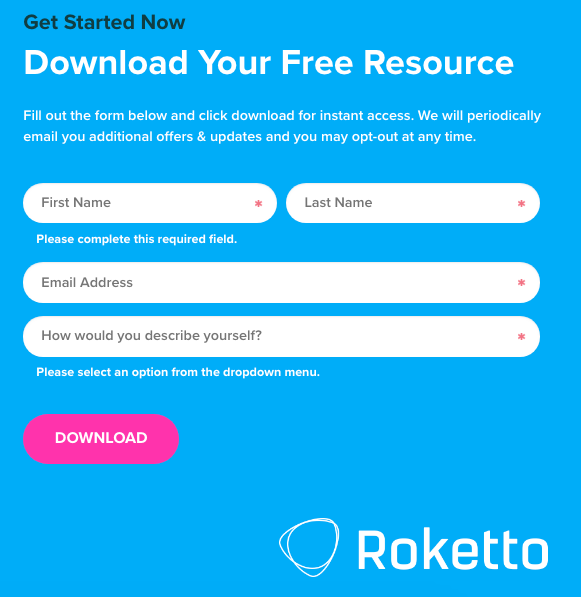
You can see in the screenshot above, we ask the visitor (who will soon be a prospect) to describe themselves. You can do this by simply making one of the questions in your form “How would you describe yourself?” Make sure this question has to be answered to download the offer. Then, provide a couple of options depending on your different personas.
HeatTrak did this by creating a free guide to snow melting mats. A prospect simply fills out their email address to receive the guide in their inbox. This information shows HeatTrak that this visitor has now become a prospect and is showing interest in their business.
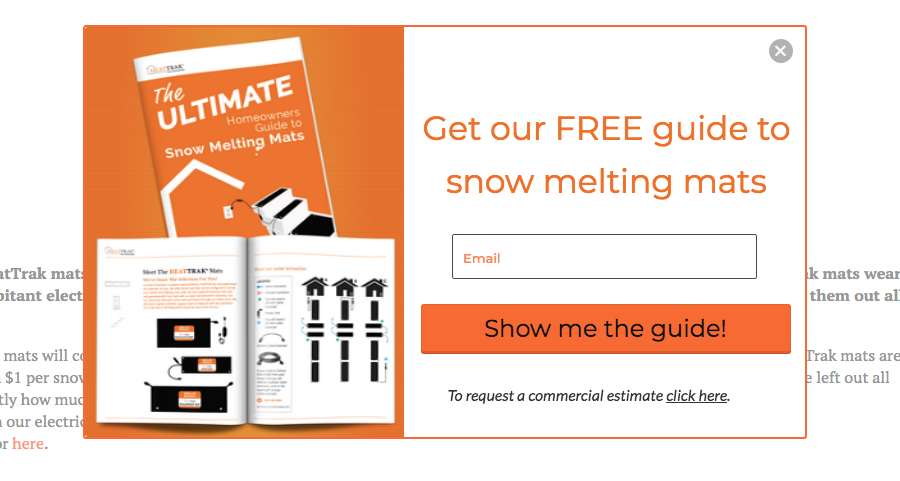
Remember, leads should come in voluntary. Stop cold calling because it just doesn’t work anymore. People don’t want to be pushed into making a purchase, they need to do it in their own time. Focus on the 4 stages of the inbound marketing methodology and write content specific to these stages.
These tactics will bring leads in by establishing audience trust, proving your business authority and demonstrating leadership in the industry.
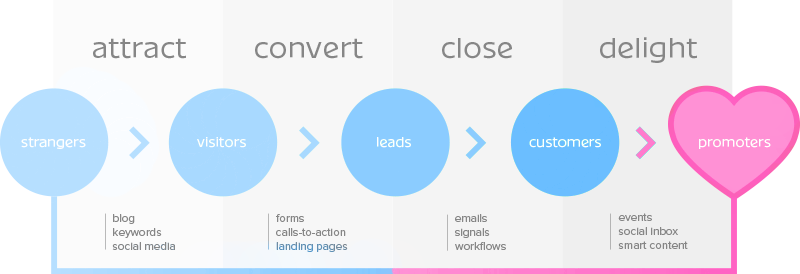
Once the leads are in, it’s time to nurture and manage them.
Nurture leads by using more strategic communications based on the lead’s role, buying capabilities, the company capabilities that the lead works for, their behaviour, interests and pain points. This information refers back to the buyer persona you created earlier.
Once HeatTrak received an email address, they would follow up with an email to answer any questions they had. Then, they would continue to nurture and be there for the hopeful customer while they travelled through the funnel.
HeatTrak plans to replicate the success of their first offer by launching more content resources to help with sales lead generation.
Step #3 - Act Fast on Interest
In a manufacturing plant, employees are trained to stop the conveyor belt in an event of an emergency or product quality concern. Employees are able to act fast to make sure everything goes as planned and instructed.
The same should go for industrial products marketing. Pretty simple, right?
It’s crucial for the manufacturing sales team to respond promptly to leads and opportunities. We mention this above when it comes to emailing a lead once they are a match to a persona and have asked for more information about your product or service.
If you wait for a couple of days, the lead may have found answers elsewhere or moved on and crossed your company off the “Maybe” list. To make sure you stay on that list, create lead nurturing marketing campaigns.
One lead nurturing best practice when it comes to acting fast is to create automated workflows.
According to HubSpot, a successful email sequence should include 6 steps and 6 emails:
- Email 1: Address pain points
- Email 2: Explain a value message
- Email 3: Name drop a big client
- Email 4: Qualify your message
- Email 5: Include a product message
- Email 6: Reach out one last time
Emails keep your company in the forefront of your lead’s mind. These workflows send relevant content providing context about the company’s value proposition.
Step #4 - Focus Decisions on Data
Traditionally, there was a lack of data when it came to manufacturing advertising. Companies would spend thousands of dollars a month on traditional marketing and would get very little data on the ROI of their marketing efforts.
This is slowly changing as manufacturing companies are focusing more on how to generate sales leads online.
This chart from eMarketer shows that spending is shifting from traditional ad platforms like TV, radio and print to online lead generation tactics.
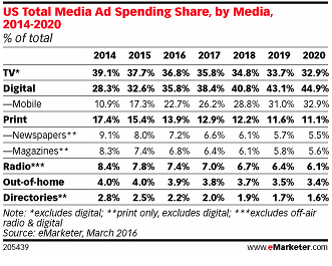
eMarketer thinks that digital marketing ad spend will be at least 45% of overall marketing spend by 2020. Take a second to think about how much of your marketing budget is currently going to digital.
As an manufacturing marketing agency, we’ve seen our industrial clients switch up their marketing spend to focus more on online lead generation. We believe it’s because the data is there to show them what’s working and what’s not, unlike their past marketing efforts.
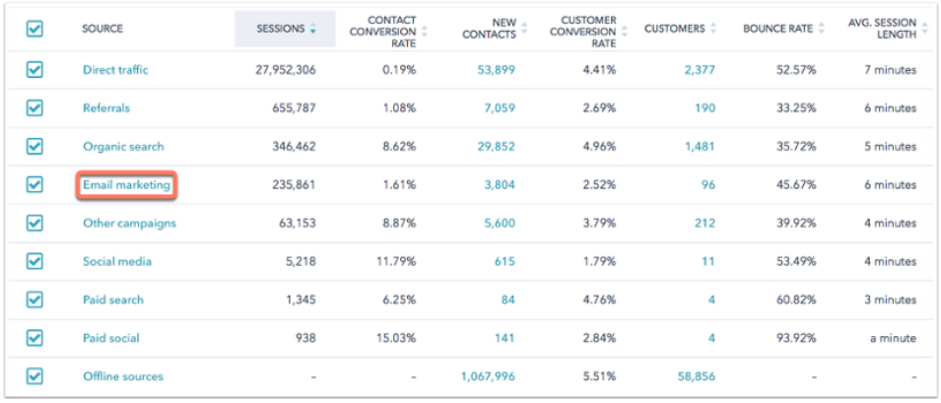
In the screenshot above, you can tell that email marketing was a client’s 4th top source of traffic to their website. Visitors from email spent 6 minutes on average on the website, which is the second highest amount of time spent on the different sources.
Our final tip on how to generate new leads is to focus your decisions off of real data. Analytics are absolutely critical nowadays to better understand the success of an online lead generation campaign.
Like we mentioned above, data allows you to identify successes and failures. As a company, you can review which strategies are working and which ones aren’t. Or, you can have your manufacturing marketing company partner, like Roketto for example, handle the data.
Focusing on analytics allows us to plan better for the future. We can open up that 6 email sequence to see the open rate and click-through rate of each email. We can brainstorm and implement ways to improve the emails that weren’t working to ensure the next sequence will provide better sales lead generation for the company we’re working with.
To view your analytics in HubSpot, use the navigation bar, click on Marketing and click on Email in the drop down. Once you’ve reached this page, the next step is clicking on the email you want to see analytics for. After you click you will see a screen similar to the image below.

Focusing on data also allows your manufacturing business find new business opportunities. These opportunities probably weren’t available when you were doing traditional marketing because the data was simply not available.
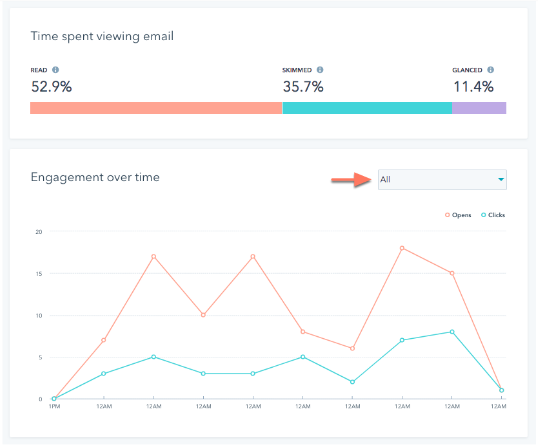
For example, by reviewing your company’s digital marketing data, your company could find that a certain number of leads are coming to your website by a handful of particular keywords. Once you notice this, you could go back to tip #1 and write meaningful content around these keywords.
Then you can begin creating lead generation campaigns with these keywords to bring even more online sales leads to your company.Without data, you wouldn’t have been able to tell who was viewing your website and how they were finding it. Now, nearly everything is tracked online when it comes to inbound marketing. You can see there is a wealth of information that comes from your company’s data.
Using These 4 Steps
If you follow these four steps, you will be on your way to creating an effective manufacturing marketing plan template. If you’re ready to talk lead generation marketing, contact Roketto today. We’re an inbound marketing agency that focuses on predictable lead generation and growth driven design.
It’s time to hang up the phone on cold calling, put your trade show truck in park and focus on lead generation through digital marketing.

Ulf Lonegren
Ulf Lonegren is CEO and Co-Founder of Roketto, where he has led digital marketing strategy for over 15 years. With extensive experience in both traditional SEO and emerging AI search optimization, Ulf has guided hundreds of SaaS and ecommerce companies through major search algorithm updates and platform shifts. His expertise spans from the early days of Google's algorithm changes through the current AI revolution, giving him unique insight into what actually drives sustainable search visibility. Ulf's approach focuses on fundamental optimization principles that adapt to new technologies rather than chasing trending acronyms, a philosophy that has helped Roketto's clients achieve measurable growth across multiple search paradigm shifts.













2.png)
2.png)


